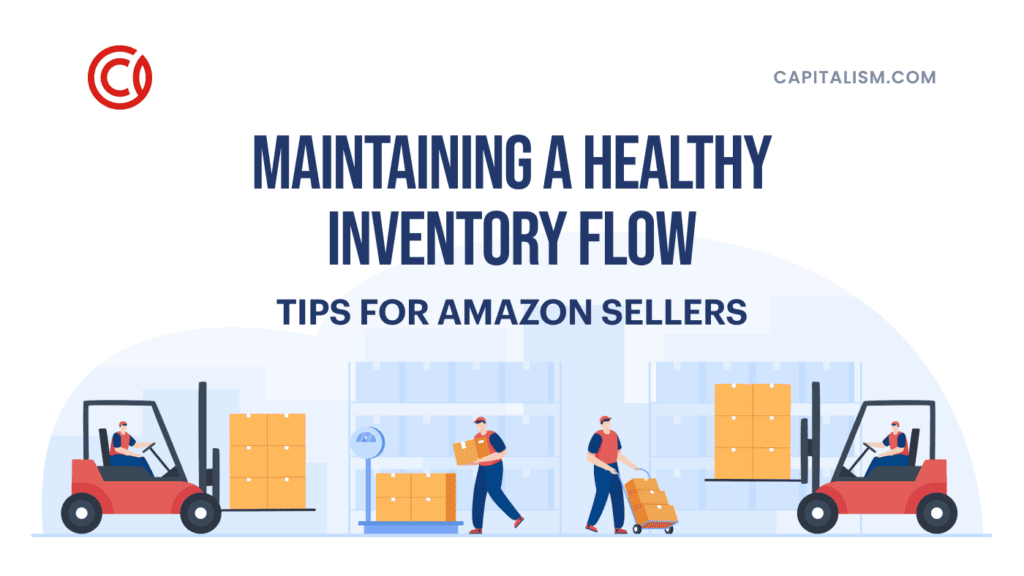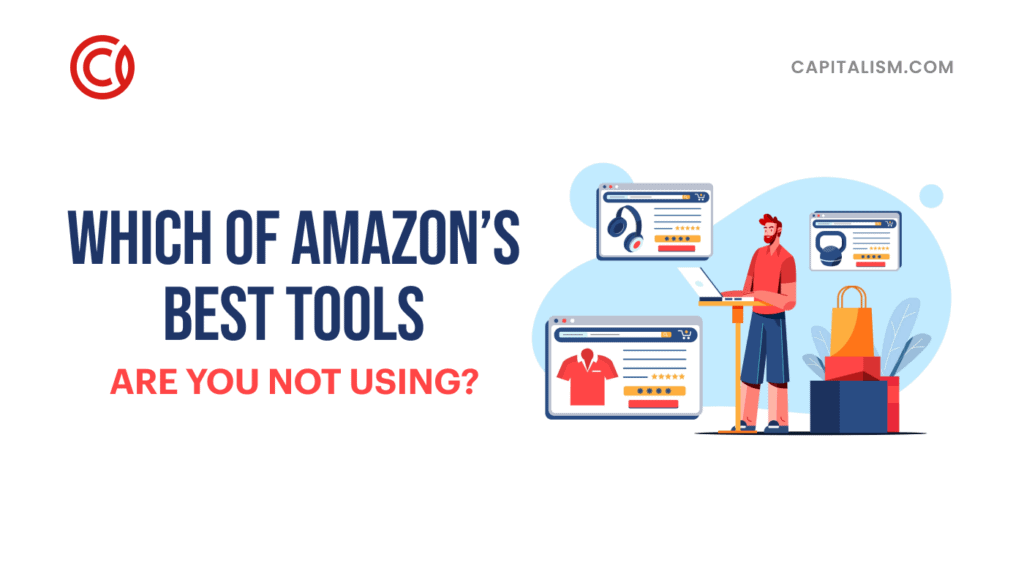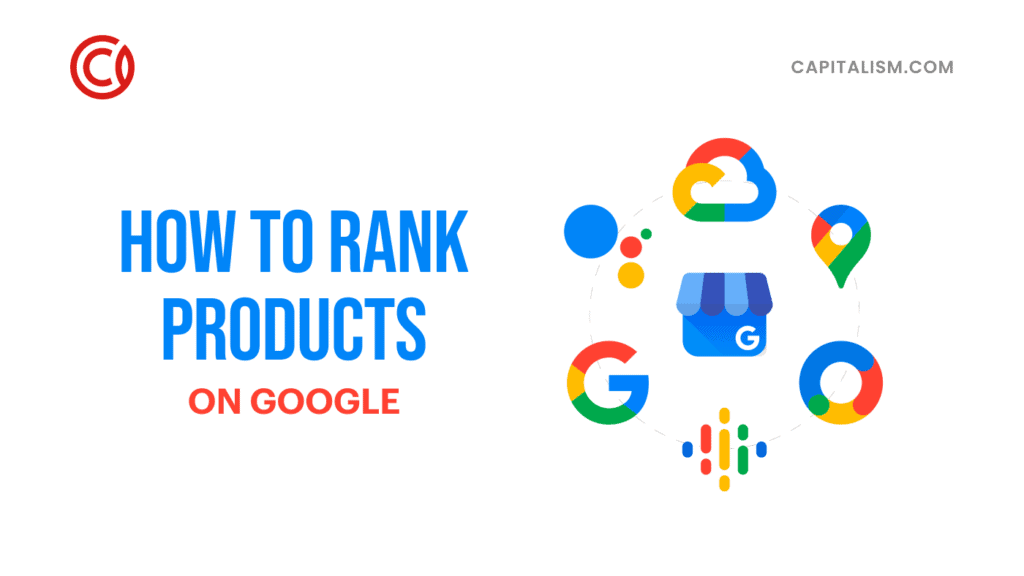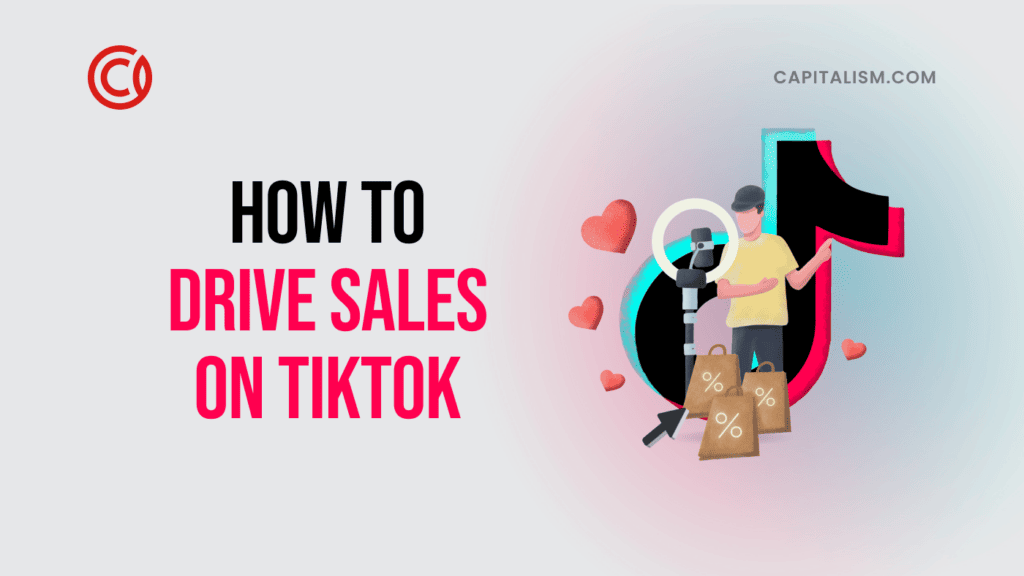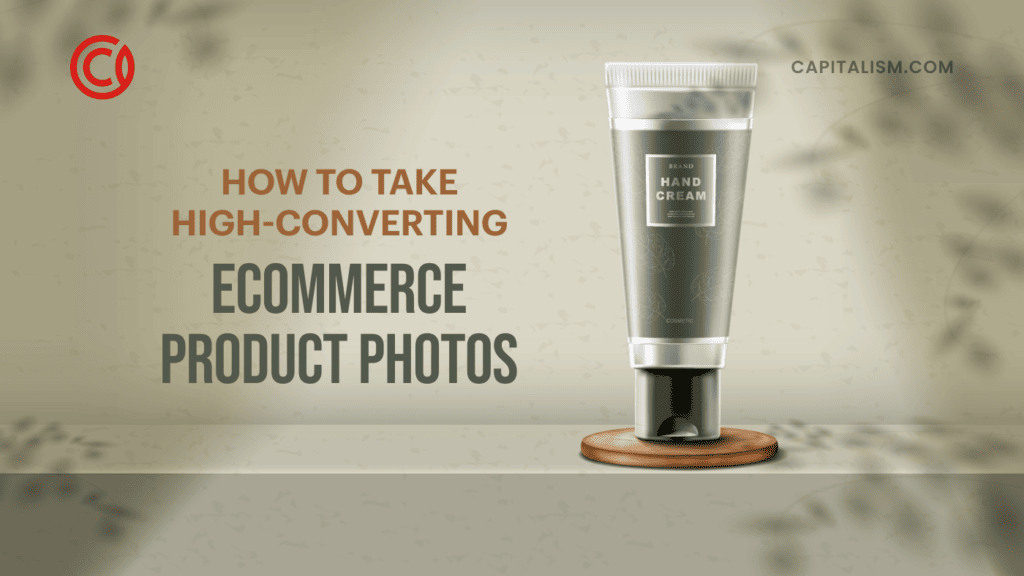The novice’s guide to Amazon dropshipping. Scale a profitable dropship business on Amazon without changing out of your pajamas.

Are you tired of waking up every morning before the sun and commuting to work in traffic that’s more stop than go? Now imagine rolling out of your bed to watch loads of money pour into your bank account—all while still wearing your favorite pajamas. As an Amazon dropshipper, this fairytale can become your daily reality.
Operating a dropshipping business is a lucrative way to join the growing number of successful third-party sellers on the world’s most popular online marketplace. Even better, you don’t need access to creative inventors or even a warehouse to store your inventory. This comprehensive guide will teach you everything you need to know about jumping into this unique business model for yourself.
What in the World Is Dropshipping Anyway?
In layman’s terms, dropshipping involves selling a product without any overhead. Yes, you read that correctly. Instead of spending tons of cash on inventory, you fulfill product orders as customers place them. But where do you get the items for fulfillment?
As a dropshipper, you need to build a relationship with a supplier who makes the products you want to sell. You ultimately list their goods in your Amazon store, but the supplier never ships them to you for storage. Rather, whenever someone buys the product from your store, you forward all the details to the supplier. It’s then their job to pack and ship the order to the customer, while the cash lands in your bank account. Can you think of a better business?
Now, let’s be serious for a moment. If dropshipping on Amazon were that simple, everyone would do it. So, of course, there are a few catches, but the business model remains the same. You act as the middle-man between the supplier and the customer. In the end, the supplier sells their product, the customer receives their order, and you collect your payment—everyone is happy!
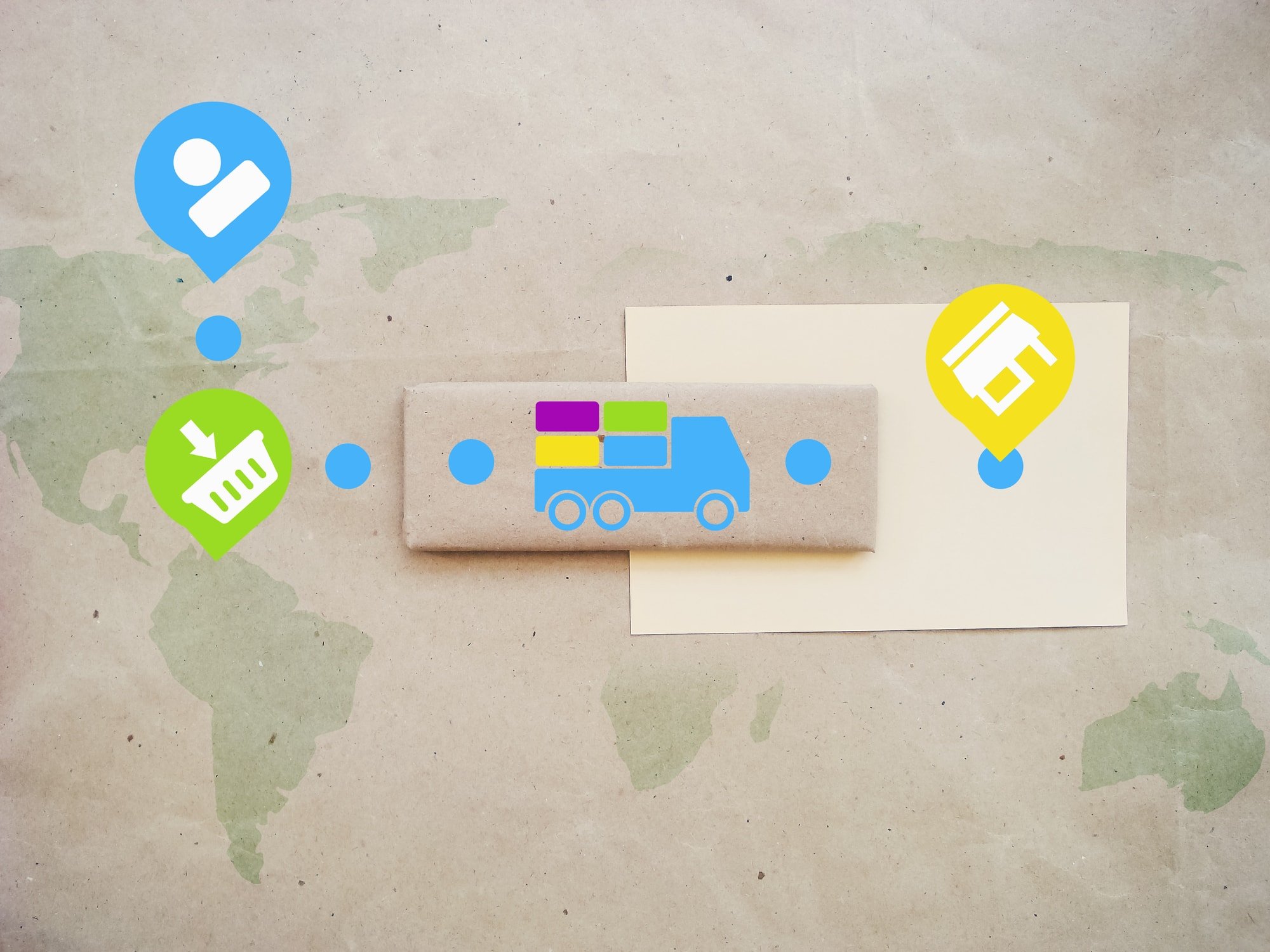
Is Amazon dropshipping profitable?
The answer is yes, as long as you take the time to post, market, and manage your listings. The most successful dropshippers are those who take pride in creating a buzz around the products they sell—even if they never see or touch them in person! After all, closing sales on Amazon is all about detailed listings, competitive pricing, and customer outreach. If you can provide those key ingredients, you’ll rise to the top in no time at all.

What Are the Benefits of Dropshipping?
Starting a business is often too cost-prohibitive for inspiring entrepreneurs. Even though they may have the gumption and drive to run their own company, their lack of capital prevents them from making a move. Instead, they continue working their corporate job, only making their boss richer.
What if you could start a business from scratch with barely a nickel out of your pocket? Well, you can. Dropshipping products completely reinvented the way e-commerce websites operate. Here’s why so many people talk about this business in Amazon dropshipping Reddits and other forums:
Opening a dropshipping business on Amazon won’t bankrupt you.
As we just stated, you don’t have to rely on capital, loans, or even have a cash flow to begin your business. All you need is to do is open an Amazon Seller account, source products, and list them.
With a dropship company, there are no upfront inventory expenses, warehouse fees, or overhead. Try to name any other business model with lower startup costs—go ahead, we’ll wait.
Dropshipping is virtually risk-free.
Since you don’t have inventory to store or employees to pay, you won’t worry about losing money. Without any overhead, you can focus on growing your business without fear.
You don’t need a fancy office building to be successful.
Do you want to work out of your home? No problem. With a dropshipping business, you can operate from anywhere. Since you don’t have to worry about leasing a storefront, it’s possible to focus your available capital on marketing and scaling your business.
It’s flexible.
With any other business, if a product doesn’t sell, you’re stuck with any unwanted goods. Since you don’t have an inventory, a failed product won’t set you back too much. Instead, you can simply source a different product and start fresh.
Very few business ventures offer the same benefits as dropshipping, especially in the early stages. You really have nothing to lose, and if you play your cards correctly, you may find yourself out of the corporate rat race for good. There’s no better feeling than working for yourself instead of funding your boss’ second vacation home in the Hamptons.
But What About the Cons of Dropshipping?
Are you waiting for the catch? Well, there are a few disadvantages of dropshipping, but they’re so minor you may not even care. However, you must know what you’re getting yourself into before you run out to source your first products to dropship.
Perhaps the biggest drawback of dropshipping is paying more for products from the supplier.
Distributors often charge additional fees to handle the packing and shipping of your order—and for a good reason. They’re saving you from these duties, so it’s only fair for you to reimburse them somehow. Instead of getting a rock-bottom price for your products, you should expect to pay a little bit more. To make up for this increase, you can either charge your customers a higher price or take a smaller cut. The choice is up to you.
As a dropshipper, you may never lay hands on the products you sell.
Instead, you rely on photos and descriptions to choose which goods you want to include in your shop. If something is wrong with an item, you may not even realize it until customers begin making returns or start leaving negative feedback.
Another drawback is dealing with the customers.
No matter how amazingly you run your company, you’re bound to run into a few unhappy buyers. As the middle-man, any customer complaints fall into your lap. After all, the customer thinks they’re buying directly from you, but in actuality, you have little control over fulfillment issues or quality control. It’s your job to put out any fires as they arise and before the problem spreads any further.

And those are pretty much the only real cons of operating a dropship company.
No business is perfect, so it’s only realistic that you’ll hit a few obstacles along the way. Most dropshippers, however, wouldn’t change it for anything. If you think you can handle a little heat in the kitchen, this business model may be the right fit for you.
Does Amazon Allow Dropshipping?
Amazon maintains a strict dropshipping policy to ensure its customers receive the best service possible. The site does allow the practice, but sellers must adhere by the rules to avoid losing their selling privileges. It goes without saying, but always read the fine print before signing on the dotted line.
How to Lawfully Dropship on Amazon
Here is a brief outline of Amazon’s policy regarding dropshipping:
- Name yourself as the seller of your products.
- Identify as the seller on all communication, including packing slips, invoices, and any written documents.
- Make sure no documents identifying the third-party supplier appear in the shipment.
- Take full responsibility for handling all customer service matters, including accepting and processing returns.
- Follow all other terms of your Amazon Seller account.
What you cannot do as an Amazon dropship business:
- Place orders with another online retailer and have them shipped directly to the customer.
- Ship orders with anyone’s contact info other than your own.
Once you know how to comply with the terms of use, you can begin choosing a product and partnering with a supplier.
Sellers with prosperous dropshipping businesses know how to stay ahead of the competition. They also realize the importance of building and maintaining customer relationships. As motivational businessman Bob Hooey once said, “If you are not taking care of your customer, a competitor will.” This theory holds true even in the exciting and often intangible world of dropshipping.
How Do I Start a Dropshipping Business?
If selling without inventory sounds like your ideal career, then welcome! But, you can’t just jump onto the dropship bandwagon without a strategy. Follow these steps to start your business (it may benefit you to print this short dropshipping guide as a PDF for easy reference):
Step 1: It’s time to find a platform to list your products.
Amazon is perhaps the best one on the internet—after all, about 20.6 million people visit the site each month! And you thought it was hard to find 20 people to attend your birthday party.
However, you may want to have an online presence elsewhere as well. The more you can get your business name out into the public, the better brand recognition you’ll obtain. And when more people know who you are, the easier it will be to target new customers.
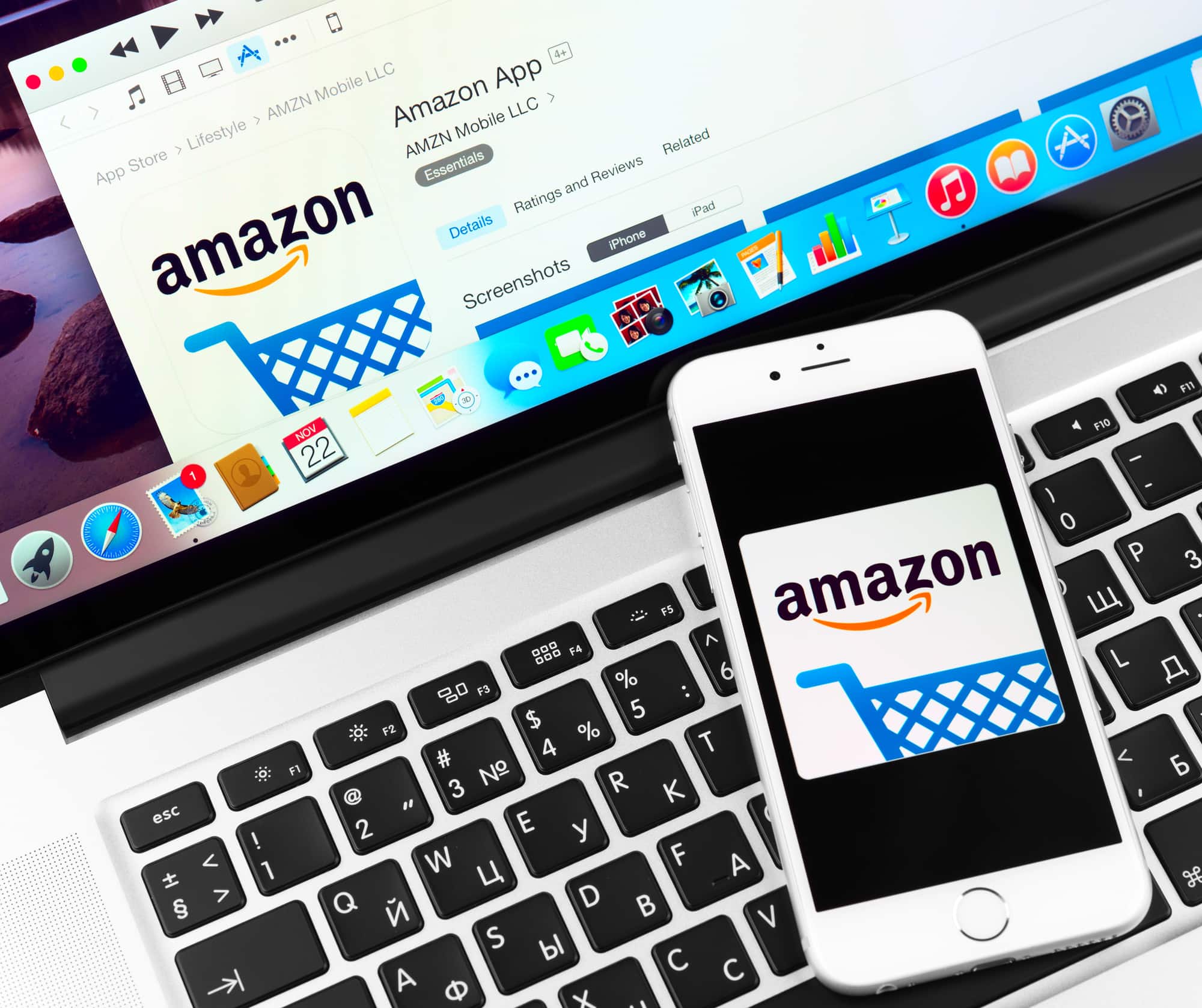
Step 2: Once you decide where to sell, you need to determine what to sell.
When you dropship on Amazon, you are in charge of handling all customer inquiries. Therefore, it’s wise to choose a product you have at least some familiarity with—you want to sound like an expert even if you never see the product first-hand.
Step 3: Search out a supplier who can fulfill all your orders in a timely fashion without any interruptions or delays.
You’ll find the internet is jam-packed with reliable dropship suppliers, including AliExpress, Dropship Direct, and SaleHoo. Ensure the supplier you ultimately decide upon can handle orders of any volume, from individual units to bulk requests.
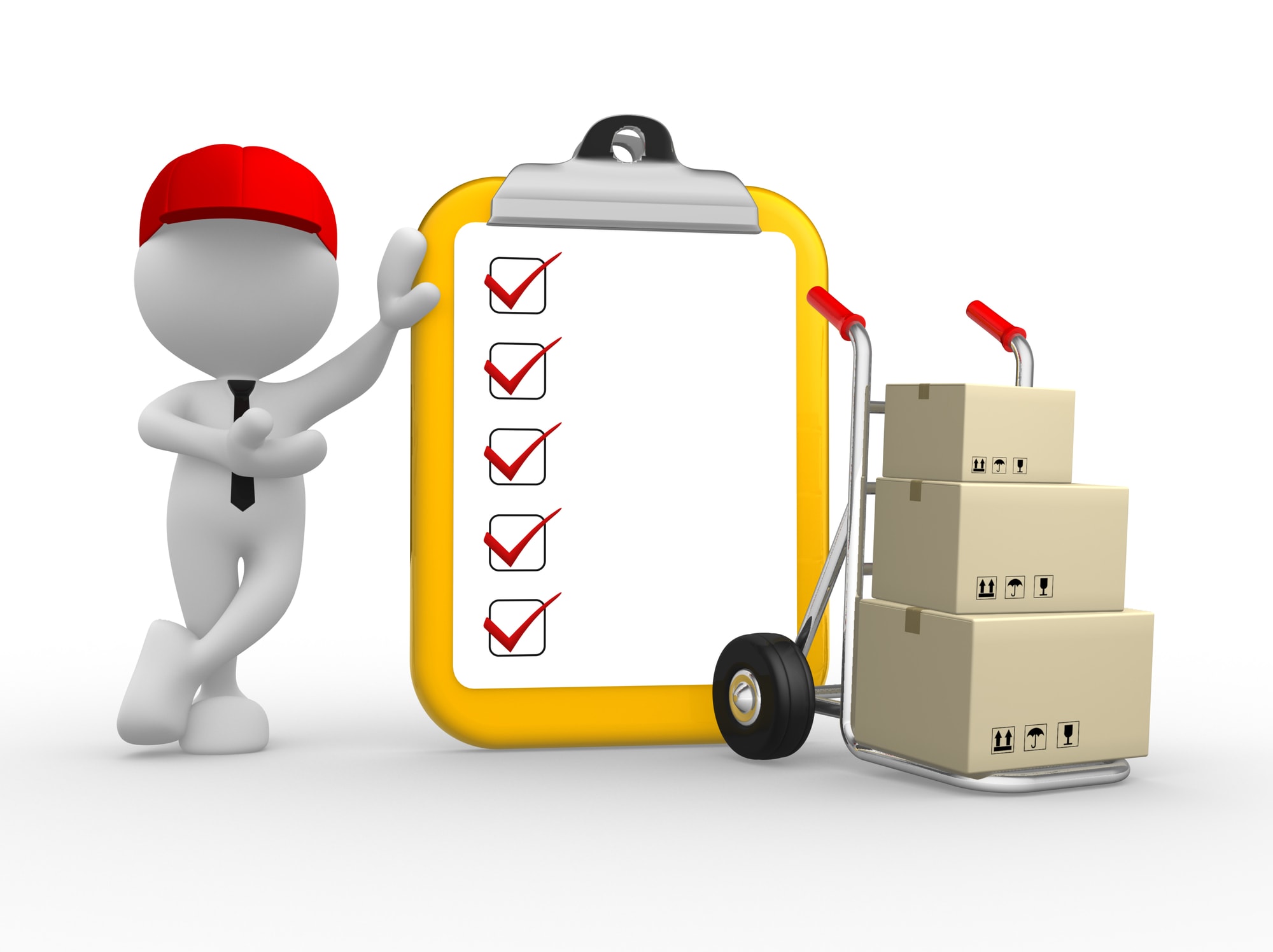
Step 4: Decide on competitive pricing for your products.
You need to make sure your profit margins make sense. If you overprice your goods, no one will buy from you. However, if you price too low, you’ll only pocket pennies. Check the competition to determine a fair listing price.

Step 5: Write thorough product descriptions and listings.
Rushing through this step could be a fatal error. The more insightful your listings, the fewer questions your customers will have, and you may even rank higher in Amazon search results. Consider taking an Amazon dropshipping course to learn how to write meaningful product descriptions.
Step 6: List your product and wait for sales.
Now is the time to think about marketing—consider sponsored ads, social media outreach, email lists, or Google Ads. The more you get your name out there, the more dropship products you’ll sell—it’s that simple.
Step 7: Do it again.
Forward all orders to your supplier for prompt fulfillment, lather, rinse, and repeat.
Does it really only take seven simple steps to start a dropshipping business? Yes, it does. And notice none of these steps included begging your rich uncle for a loan or taking out a second mortgage on your house. Amazon makes it easy for anyone to enter the platform as a third-party seller, and you’ll be able to enjoy the fruits of your labor in no time at all.
Can You Dropship from AliExpress to Amazon?
As a dropshipper, you need to team up with a supplier who can meet the demands of your customers without fail. If they drop the ball, not only do you lose a sale, but you also damage your reputation. Too many negative reviews will lower your rankings and make Amazon rethink your partnership.
Dropshipping with AliExpress is one of the most popular options.
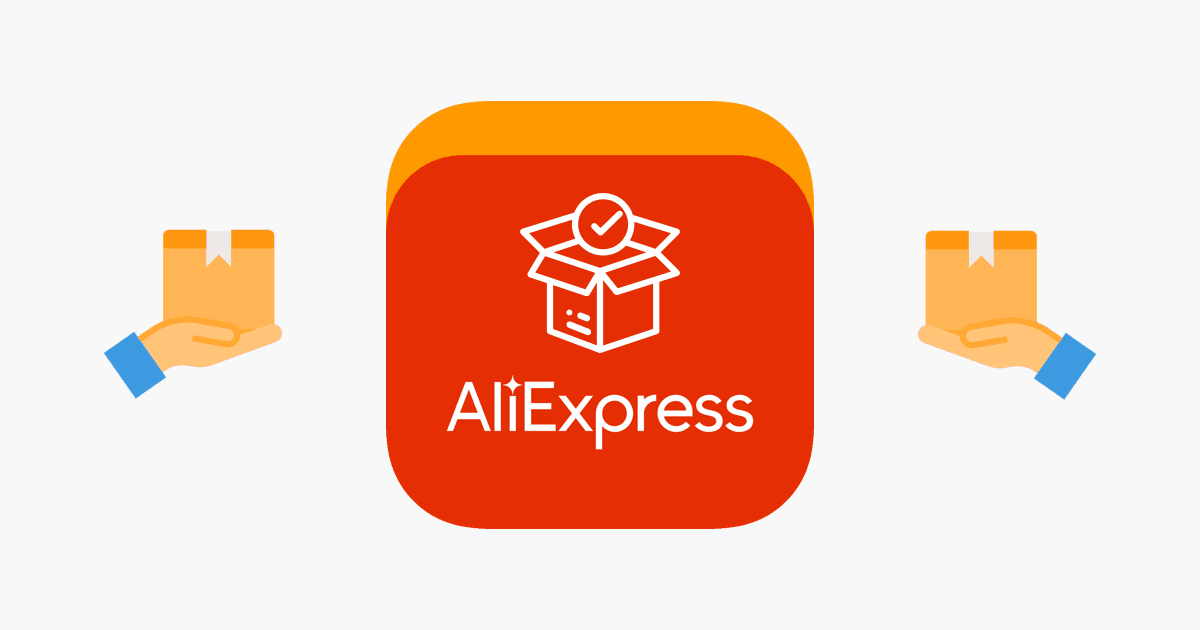
As a Chinese supplier, you can source products for dirt cheap and pass the savings to your customers. Of course, your wallet will also get a bit bulkier in the process.
When you choose AliExpress as your dropship supplier, you don’t need a dime to get started. Instead, you select the products you want to feature in your shop and set up listings. You send all transactions to AliExpress for quick and easy fulfillment.
The AliExpress database features millions of products, so picking only a few to dropship may seem overwhelming.
However, sorting by category will help narrow the field for you. If you can’t find what you want, it probably doesn’t exist! Remember these Amazon dropshipping tips: buy low, price competitively, and market your brains out!
You can use AliExpress as your dropshipping supplier on Amazon as long as you follow all the guidelines previously stated. As a trusted supplier, you can count on AliExpress to handle single purchases or bulk orders.
Can I Dropship from Amazon to Shopify?
So you have a Shopify store and want to add listings from Amazon on your site. Before you do, you need to reread Amazon’s terms of service. You’ll quickly discover it’s against the terms to pull product listings and post them on your e-commerce website. While you may stumble across certain apps that claim to aid in dropshipping from Amazon to Shopify, many of them violate the marketplace’s terms. Just because some so-called Amazon dropshipping software programs exist doesn’t make them legitimate.
Furthermore, you may be in direct violation of copyright laws if you try to promote and sell a brand’s products without prior authorization—especially true for luxury goods. If a brand reports you to Shopify, you risk losing your account. It’s not worth the risk or legal headaches.
While Amazon does allow dropshipping, you need to do it from their platform and be the seller on record. You can also use the Amazon Associates program to display listings from your store on your Shopify website. However, when a customer clicks on the link, it redirects them to Amazon to complete the sale.
Do I Need a Business License to Sell on Shopify?
Many sellers wonder if they should apply for a business license before they open an e-commerce site on Shopify. This question is multi-faceted, and there isn’t a simple way to answer it. In most instances, Shopify will not require you to obtain a business license.
However, Spotify may require you provide business license documentation if you utilize its payment gateway or make over $20,000 a month in sales. Depending on your local jurisdiction, you may also need to apply for a license. There are many types of local business licenses, including city, county, state, and federal. The location and industry of your company will determine if you need a license and how to apply for it.
What Should I Dropship in 2020?
You made it this far and feel ready to take the plunge. What’s next? You need to source a hot, trendy product if you want to turn a profit. Before listing anything, you should find your niche.
Remember, at any given time, Amazon carries around 120 million products. Some popular niches may include gadgets, home elements, kitchen supplies, eco-friendly items, or pet products. Once you settle into a category, you can then narrow your options down to a smaller list.
Pick a product that sparks your interest.
For example, if you’re passionate about saving the environment, you may choose to sell reusable straws or portable water bottles. As a dropshipper, it’s up to you to answer any product-related inquiries from your customers. And if you don’t know anything about what you’re selling, they’ll look elsewhere.

Try not to venture too far away from your startup product when adding new items.
After all, if you suddenly switch from pet products to exercise devices, you’ll no longer come across as an expert. It’s best to stick within a niche and run with it.
However, if you discover your selected niche isn’t a good fit after all, you can always scrap everything and start over. Many dropshippers dabble with different product ideas before finally finding their groove. And once you begin gaining positive reviews and building a customer base, you’ll watch your new products sell like hotcakes.
The Time to Dropship on Amazon Is Now
Amazon sales continue to increase daily, with no end in sight. The marketplace has over 300 million active users and over 100 million Amazon Prime subscribers. In other words, you won’t run out of potential customers.
Third-party sellers make up over half of the sales on Amazon, and Jeff Bezos makes it easy for new sellers to enter the marketplace. From 1999 to 2018, third-party sales on Amazon grew from $0.1 billion to over $160 billion. Shoppers don’t mind purchasing from other sellers, and the company surely supports it, too. With so many tools available to dropshippers, it’s easy to track your sales, create reports, and connect with customers all from a single platform.
Don’t have an innovative, life-changing product to sell? It’s not a problem if you dropship.
Even if you don’t have the time or creativity to design a product of your own, dropshipping on Amazon may be the way to go. All it takes is a bit of marketing savvy and some hard work to scale a profitable business in no time at all. This low-risk, yet high-reward model makes it possible to earn an impressive income without ever changing out of your comfy footed pajamas.
Rather learn how to sell private label products or create your own product to sell?
Many members of The One Percent community got their start by going through the Million Dollar Brands course. There, they learned the answer to the single most frequently asked question we get from aspiring entrepreneurs. That question is, “What product should I sell?”
Inside The One Percent community, they get access to training from experts, plus they share the tips, tactics, and tools that are working best for them right now. But best of all, there, entrepreneurs can surround themselves with like minded people who are taking ownership of problems, creating solutions, and serving people they care about.


